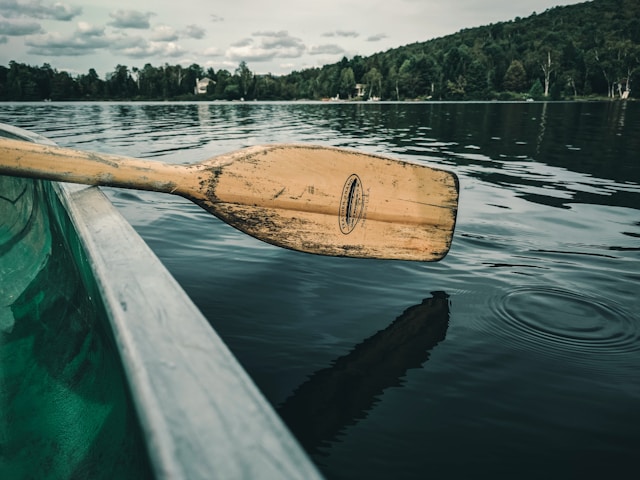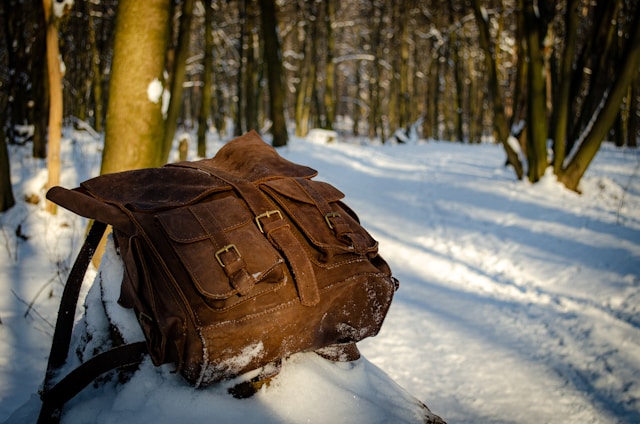Hey everyone, Anya here! So, you’re thinking about getting into packrafting? Awesome! It’s seriously one of the coolest ways to explore the backcountry, blending hiking and paddling into one epic adventure. But before you rush out and hit the water, let’s talk safety. Trust me, a little prep goes a long way.
Getting Started Safely: Essential Skills & Gear
First things first, let’s be real – packrafting involves water, and water can be unpredictable. Make sure your swimming skills are up to par. I mean, really up to par. Can you confidently swim in moving water? Can you handle unexpected dips? If not, spend some time practicing in a pool or calm lake before venturing out on a river. Nobody wants an unplanned swim in icy water, right?
And hey, this might sound obvious, but a Personal Flotation Device (PFD) is non-negotiable. Think of it as your seatbelt on the water. The U.S. Coast Guard has different types, but for packrafting, a Type III or V is generally recommended. They balance comfort, performance, and safety – you wanna be able to paddle without feeling like you’re wearing a straightjacket. I always say, a good PFD is an investment in your life!
Paddling Techniques: More Than Just Dipping Your Paddle
Okay, so you can swim and you’ve got a PFD. Great! Now, let’s talk paddling. Packrafts are super stable (seriously, they’re hard to tip), but that doesn’t mean you can just flail around with your paddle. Learn some basic paddling techniques. Forward strokes, back strokes, sweep strokes – they’re all important for maneuvering and staying in control. I remember when I first started, I felt like I was just splashing around, but with a little practice, you’ll be surprised how quickly you pick it up. And hey, watching some YouTube tutorials never hurts!
Self-Rescue: What to Do When Things Go Wrong
Alright, let’s get real for a sec. Even with all the right skills and gear, things can still go sideways. That’s why self-rescue is crucial. Know how to get back into your packraft if you fall out. Practice flipping it back over in the water. Seriously, practice! It’s a lot harder to do when you’re cold, tired, and maybe a little panicked. Also, learn the “feet first” float position. If you do end up in the water, point your feet downstream to protect yourself from rocks and other obstacles. Trust me, this is a lifesaver (literally!).
Hazard Identification: Strainers, Sweepers, Oh My!
Rivers aren’t just pretty scenery – they can also be full of hazards. Learn to identify potential dangers like strainers (fallen trees or debris that water flows through, but you can’t), sweepers (overhanging branches that can knock you out of your raft), and rapids (duh!). Scout ahead whenever possible to get a sense of what’s coming up. And remember, when in doubt, portage! There’s no shame in carrying your packraft around a tricky section. I’ve done it plenty of times!
Weather Awareness: Don’t Be Caught Off Guard
Weather in the mountains can change in an instant. Always check the forecast before you head out, and be prepared for unexpected conditions. Rain, wind, and cold can all make packrafting much more challenging (and dangerous). Dress in layers so you can adjust to changing temperatures. And if you see storm clouds rolling in, don’t be a hero – find a safe place to wait it out. I’ve learned the hard way that Mother Nature always wins.
The Buddy System: Safety in Numbers
Even though experts sometimes enjoy packrafting alone, its best to bring a friend! Packrafting with a buddy is always a good idea, especially when you’re just starting out. Your companions can provide support in case of an emergency, help you navigate, and, let’s be honest, make the whole experience more fun! Plus, paddling with capable partners provides a metaphorical safety net: your partners can help retrieve your equipment and get you back into your boat or to the shore. Paddle clubs and online forums are good resources for finding paddling partners.
Training and Preparation: No Substitute for Experience
Look, I’m not going to lie – packrafting can be challenging. But with the right training and preparation, it can also be incredibly rewarding. Consider taking a packrafting course or workshop. There are tons of great resources out there, including the American Packrafting Association (APA). These courses can teach you valuable skills and help you build confidence. And remember, start small and gradually work your way up to more challenging trips. Don’t try to run a Class IV rapid on your first time out – that’s just asking for trouble!
So there you have it – a beginner’s guide to packrafting safety. Remember, curiosity and care are key. Packrafting is a fantastic way to explore the outdoors, but it’s important to do it safely and responsibly. Now get out there and have an adventure! But be sure to check our series of short packrafting safety videos developed by APAs education team.
And as Luc Mehl and Renee Patrick say, “The path to safety is…”
Happy paddling!
Anya
April 4th, 2025




